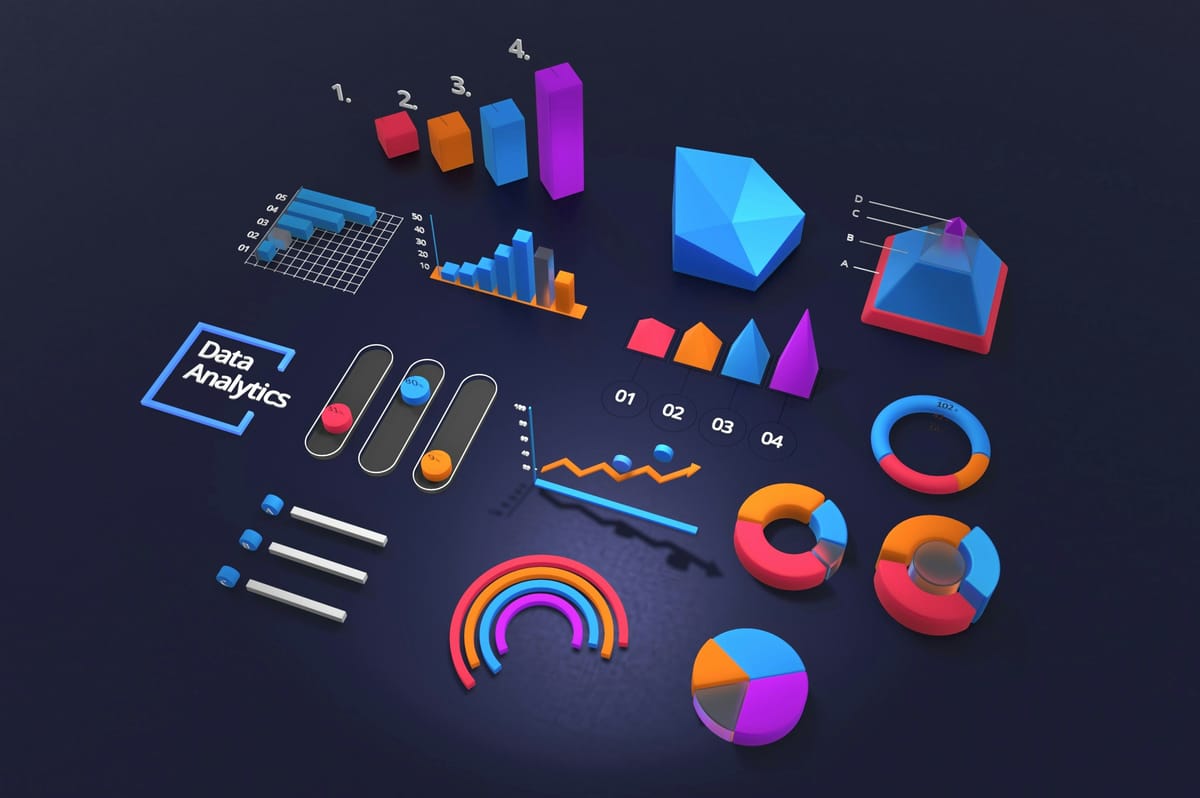For a business to flourish, it needs to generate a steady stream of revenue. This is best achieved when the sales and marketing teams are well-coordinated.
Revenue enablement is the common denominator, here, as it aims to align your teams by providing the necessary tools, resources, and training to help them productively engage with customers throughout the entire customer journey.
Now, oftentimes, it can seem like the sales team has the upper hand within this partnership – they typically close deals and are the pros when it comes to capitalizing on opportunities to sell.
I like to think about it this way: Sales and marketing are like parents, and persistence and creativity are their children.
In this article, I'll be looking at:
- Understanding revenue enablement
- The benefits of revenue enablement
- Leveraging usage analytics for enhanced customer experience
- Best practices and recommendations for successful revenue enablement
Now, let's dive into the concept of revenue enablement.
Understanding revenue enablement
Maximizing customer experience and revenue throughout the customer journey
Revenue enablement is the process of efficiently acquiring and retaining customers while maximizing revenue at every stage of their journey with your business.
To put it simply, revenue enablement focuses on delivering an exceptional customer experience.
Traditionally, marketing and sales were divided into five sections, each responsible for a specific stage of the customer journey. However, in the modern approach to revenue enablement, we align marketing, sales, and service teams, integrating the functions of marketing, sales enablement, and service.
This innovative approach, which I'll discuss further, allows us to generate revenue more effectively and enhance the customer's journey.
One interesting aspect of sales enablement tools is that they also fall under the umbrella of marketing automation. For example, HubSpot and Salesforce provide both sales enablement and marketing automation functionalities.
Given this overlap, it makes sense to encompass these functions under a unified term: Revenue enablement. By doing so, we can focus on generating revenue at every step of the customer journey.
The benefits of revenue enablement: Enhancing customer experience and driving revenue
So, why is revenue enablement beneficial? Let's look at its key components: Customer experience, process-driven collaboration and alignment, matrix orientation, and adoption focus.
Firstly, revenue enablement fosters continuous process improvement by identifying key performance indicators (KPIs) at different stages and focusing on enhancing areas of concern.
Secondly, it supports cross-functional alignment by identifying shared KPIs that are widely used across sales, marketing, service, and tech support teams. The ultimate goal is to improve the overall customer experience and align the efforts of various departments.

During the consideration and evaluation stages, we aim for customer renewal and explore opportunities for upselling or cross-selling. Revenue enablement plays a vital role in optimizing touchpoints, ensuring consistent messaging, and improving the overall customer experience.
One significant advantage of revenue enablement is the ability to analyze buying signals. Analyzing these signals is critical because it allows us to customize our approach and understand the unique needs and requirements of each customer segment.
This level of personalization can be achieved during one-on-one interactions and greatly enhances the customer experience.
To promote customer revisitation, a proactive approach is essential. While sales can afford to be reactive, marketing needs to stay ahead of the game. Marketing should capitalize on relevant events, engage with customers, and differentiate itself from competitors.
Revenue enablement facilitates this proactive approach.
Leveraging usage analytics for enhanced customer experience and business growth
Another key aspect is usage analytics. While we often analyze purchases and measure customer satisfaction, we rarely analyze usage in terms of information.
With revenue enablement, we can gain a better understanding of customer behavior, preferences, and engagement across different touchpoints and channels. This analysis enables us to fine-tune our marketing efforts and improve the overall customer experience.
To continue delivering value, it's essential to understand what we're doing right and what needs improvement. This is where data-driven decision-making and analytics come into play.
Data enables us to anticipate the outcomes of our marketing campaigns, evaluate return on investment, and make informed decisions. Revenue enablement empowers us to monitor and adjust our strategies more effectively.
Customer loyalty is another critical factor. Net Promoter Score (NPS) feedback is an excellent tool that needs to be utilized more readily, as the feedback it garners can be used throughout the organization for insights into the performance of different teams and stakeholders.
This data helps us identify areas for improvement and enhance customer loyalty.
Furthermore, revenue enablement allows us to monitor buying signals and identify customer intent. We can analyze where customers are in their buyer's journey and tailor our approach accordingly.
This helps us provide a more personalized and effective customer experience.
Best practices and recommendations for successful revenue enablement implementation
In times of business changes and new product developments, revenue enablement plays a vital role. We can communicate changes effectively throughout the organization, ensuring everyone is on the same page.
Additionally, revenue enablement enables us to provide training and support to sellers, ensuring they are well-equipped to navigate the multi-channel sales landscape.
Implementing revenue enablement
If your organization already has sales enablement in place, you can develop a revenue enablement charter. This blueprint serves as a guide, outlining your organization's mission, vision, and values.
As a revenue leader, you should consider key questions such as which teams will be supported by this model, how stakeholders will benefit, funding mechanisms, and how enablement efforts will be measured. Identifying risk factors is also crucial for the success of revenue enablement.
Revenue enablement impact and recommendations
Revenue enablement has three main impacts on organizations.
Firstly, it reduces buyer friction and eases the burden on sellers. Revenue enablement optimizes support for both customers and sellers by streamlining the customer journey across all channels.
This recommendation emphasizes aligned training, content creation, and coaching across various sales channels.

Secondly, revenue enablement reduces redundancy and enhances revenue and sales matrices. By identifying common KPIs between marketing and sales teams, we promote collaboration rather than competition.
This recommendation suggests employing end-to-end data and metrics to optimize enablement efforts, utilizing metrics from digital commerce, customer satisfaction, and other high-value areas.
Lastly, revenue enablement enhances data and analytics strategies. Automating administrative tasks and leveraging data-driven decision-making paves the way for increasing revenue generation and improving overall business outcomes.
This recommendation emphasizes centralizing revenue enablement operations, seeking innovative leadership, and segmenting enablement operations into specialized responsibilities.

Final thoughts
Revenue enablement is a powerful approach that reduces silos, meets the demands of the ever-changing sales ecosystem, and improves the overall customer experience.
Organizations can achieve significant benefits by centralizing revenue enablement operations, employing agile program managers, and enhancing data and analytics strategies. It's time to embrace revenue enablement and revolutionize their approach to marketing and sales.
I’ll wrap up with one of my favorite quotes from Jonathan Mildenhall, CMO of Rocket Companies, who wisely said:
"Amazing things will happen when you listen to the customer."



 Follow us on LinkedIn
Follow us on LinkedIn



